Even if you’ve just learned how to crochet, you probably know the basic choices when it comes to yarn fiber. Wool, cotton, and acrylic are the most well-understood yarns.
However, when you go shopping for yarn, you’ll see that although you can find 100% wool, cotton, or acrylic yarn, there are also many yarn skeins that are made with a blend of fibers.
For example, these beautiful hand-dyed mini skeins from the Etsy shop coatesandco are made from a blend of merino wool and nylon.
Each blend of yarn is created to highlight specific features that make it useful for different types of projects, and knowing about yarn blends can make it a lot easier to choose the right fiber for your task.
So, if you’d like to learn more about these blends, keep reading!
Wool and Wool Blends for Crochet
Typically, a wool blend has at least 50% of the fiber derived from pure wool, providing all of the features that you want from wool and its companion fiber (these skeins pictured above are 100% wool).
Folks often select wool because it’s a natural, durable, flame-resistant yarn that is warm and has a nice stretch for crocheted clothing items.
These are the features that people tend to seek when selecting a wool blend, combined with the additional components of the combined fiber.
However, one of the complaints crocheters may have about 100% wool is that it’s itchy (although this varies greatly by yarn brand), a feature that is mitigated when you select a wool blend yarn.
There are numerous blend options, but I’ll talk about two of the more common blends here.
Silk-Wool Yarn
Wool yarn that has been blended with silk retains the properties of the wool but gains the soft, smooth feeling of silk.
As I mentioned above, wool can be itchy, so blending it with silk helps mitigate this issue.
Alternatively, individuals who really enjoy working with silk but find it expensive may choose a silk-wool blend as a more affordable option.
Alpaca-Wool Yarn
Technically, wool refers only to animal fur that comes from sheep. Yarn from other animals is referred to, typically, by the animal itself.
A very popular choice second to sheep wool is alpaca wool yarn, especially baby alpaca yarn, which is very, very soft!
People who like a soft feel but who want a fiber closer to wool texture than silk may select an alpaca-wool blend.
Notably, you can also find blends that combine these other animal fibers with silk. You can also find blends that combine more than two fibers (such as wool, alpaca, or a silk blend).
Cotton Blends for Crochet
In contrast to wool, people select cotton yarn when they want a fiber that is light, smooth, and doesn’t stretch out.
It’s also perfect when you want to crochet an item that will absorb liquid, such as a dishcloth.
There are different kinds of cotton available, such as Pima and organic cotton. You can also find some cotton blend yarns, too!
Cotton-Acrylic Blend
The most popular cotton blend is cotton-acrylic, often in the proportion of 50% of each yarn. This gives you the benefits of cotton with a little bit more stretch and often better washability.
It’s also a more affordable option than 100% cotton yarn. Additionally, cotton is heavy, so a cotton-acrylic blend is a more lightweight choice.
Cotton-Rayon Blend
Rayon is another popular choice to blend with cotton. Rayon adds a silky softness to the yarn. Additionally, this blend holds dye colors well, producing really beautiful yarn in the process.
Other Fiber Blends for Crocheting
In addition to these core fibers, there are many other fibers that can be blended in countless combinations to create unique yarn choices.
Often, only a small percentage of a special fiber will be incorporated into the blend to get a specific trait.
For instance, the wool-nylon yarn shown above comes in a blend that is mostly nylon with an 11% acrylic fiber blend. The acrylic yarn is what gives the skein such a lovely shine!
Nylon Blends
This Kismet yarn pictured above comes in several blends, one of which is 80% superwash merino and 20% nylon.
Nylon adds some strength and elasticity, which is particularly helpful when making garments, as this fiber may prevent wool yarn from felting.
Tencel Blends
Tencel is an eco-friendly fiber similar to rayon that can be combined with a variety of other fibers to add softness to yarn, as well as make it more lightweight, cool, and absorbent.
Summary
As you can see, there are so many options out there for blended fiber yarns! The key to selecting the correct fiber is to think about the qualities you’d like your finished item to have.
Do you want the finished project to be warm? A wool or wool blend yarn may be the way to go!
If you’re worried about the finished project being itchy, consider using wool blended with silk or nylon. You can even use an alpaca wool yarn, as it has all of the same qualities as sheep’s wool but is less itchy.
Do you want the finished project to be extremely durable? Think about what you’ll be using the product for. If you’d like to make a coaster or washcloth, a cotton blend may be the best choice for you.
Do you want the finished project to have a shine or luster? Check to see if the yarn is blended with a luminous acrylic or other shiny fiber.
Ultimately, the best choice is up to you! Carefully consider what you’ll be using the finished project for and you’re sure to choose the best fiber.

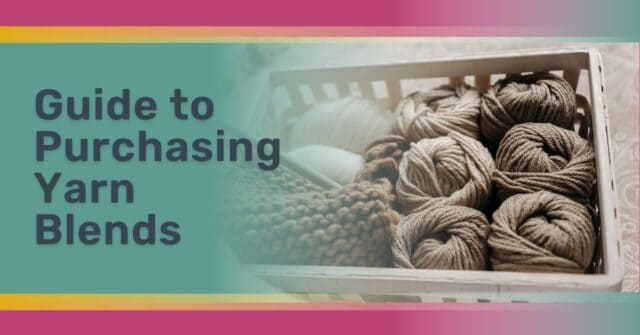
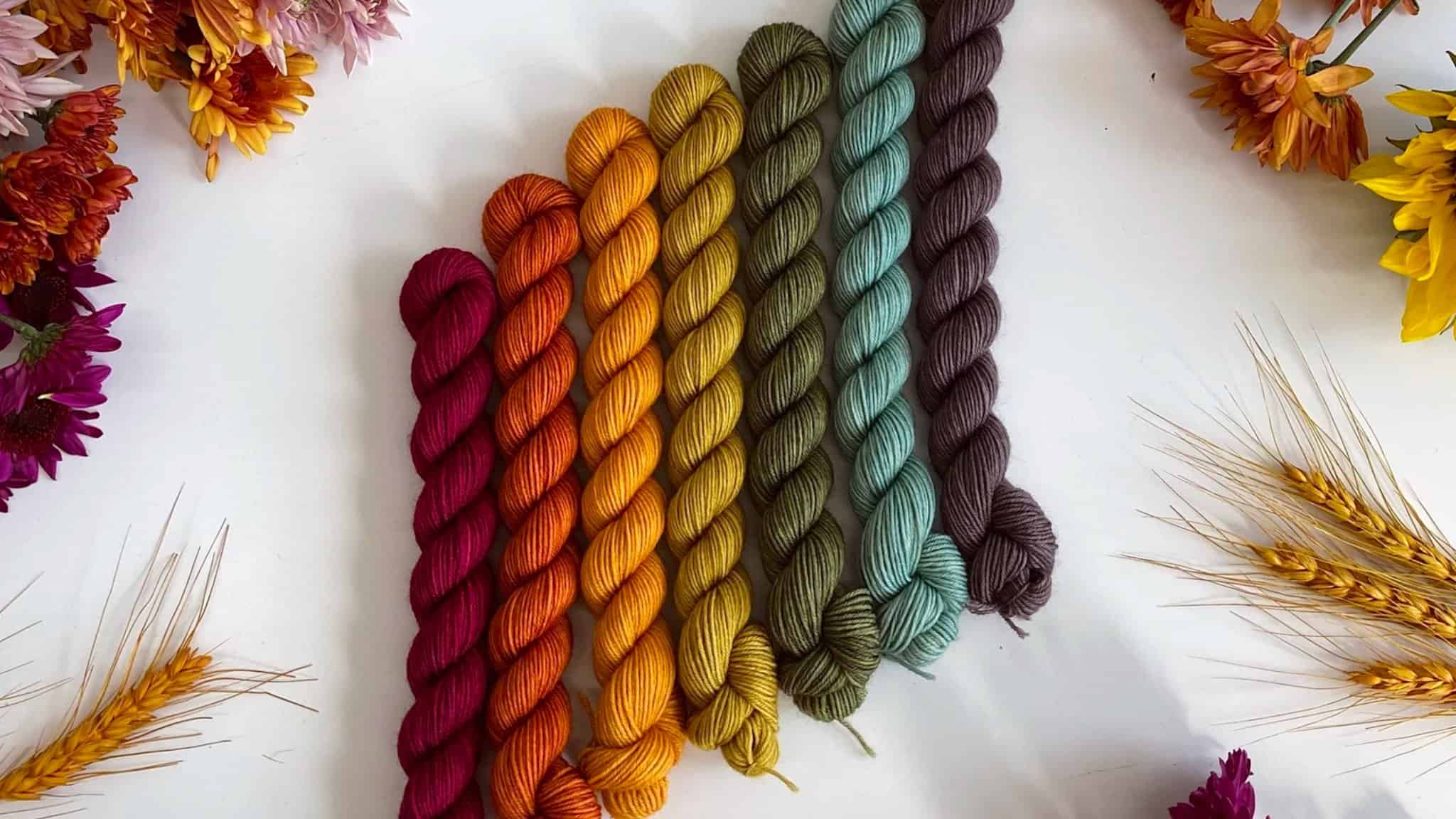
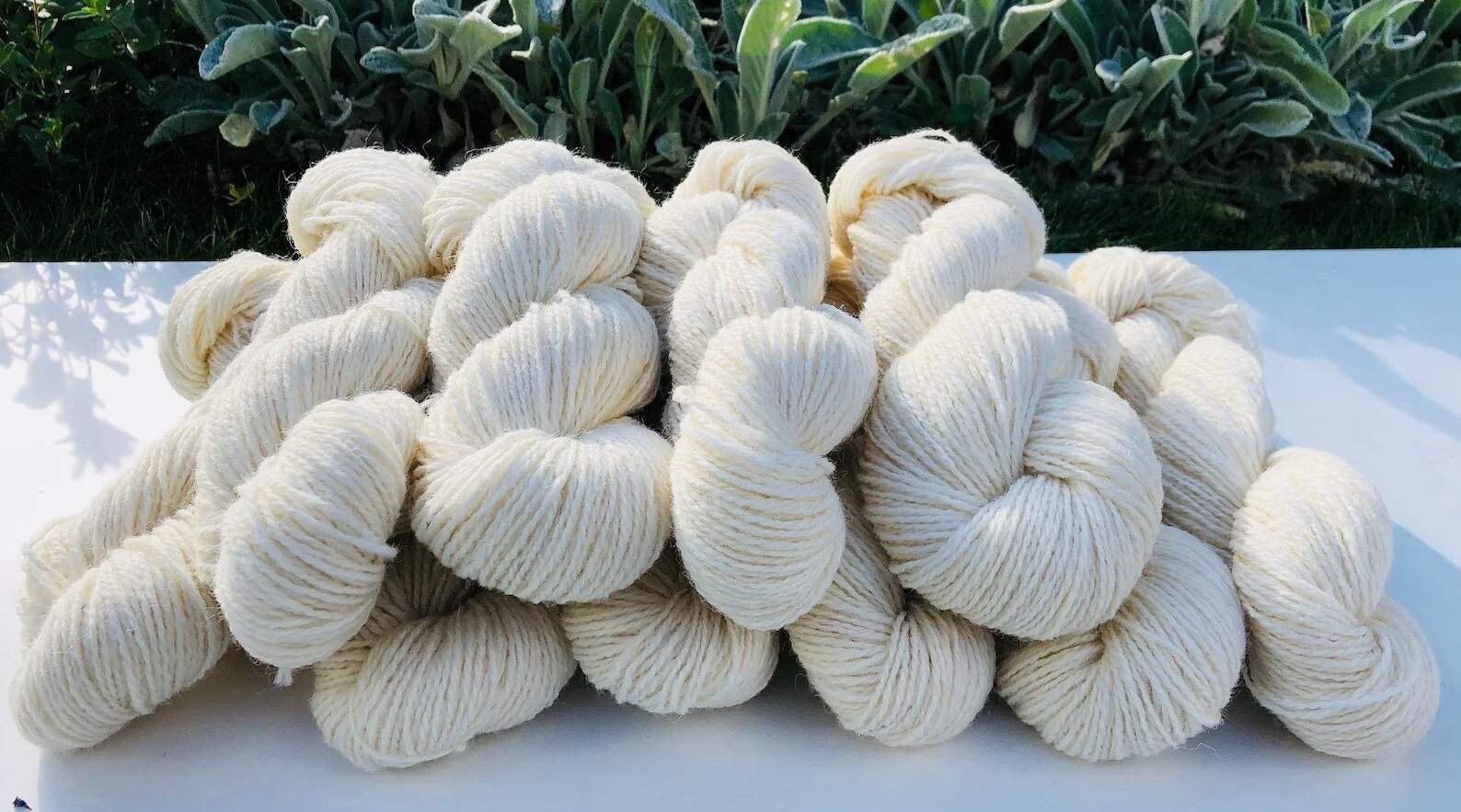
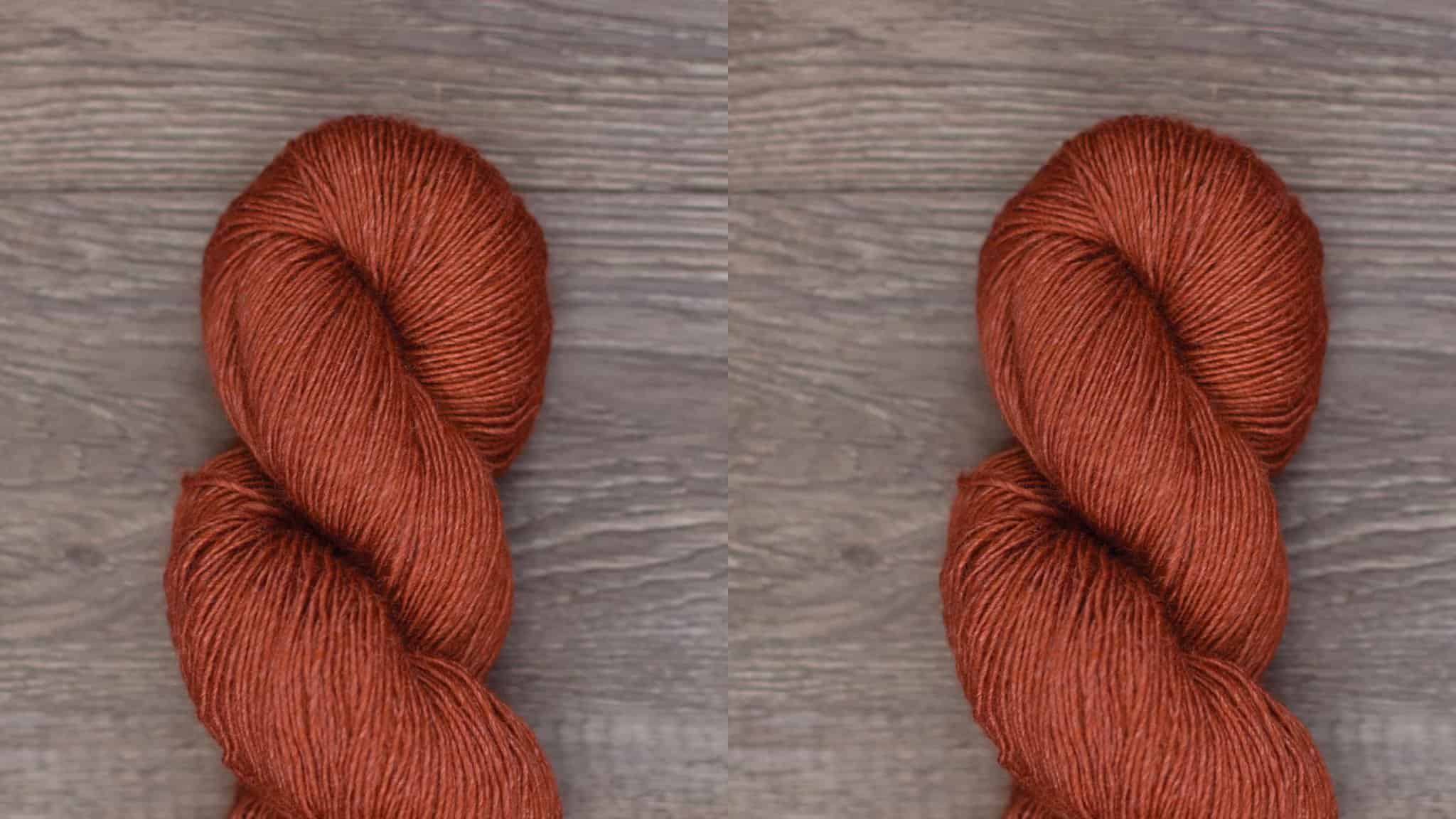
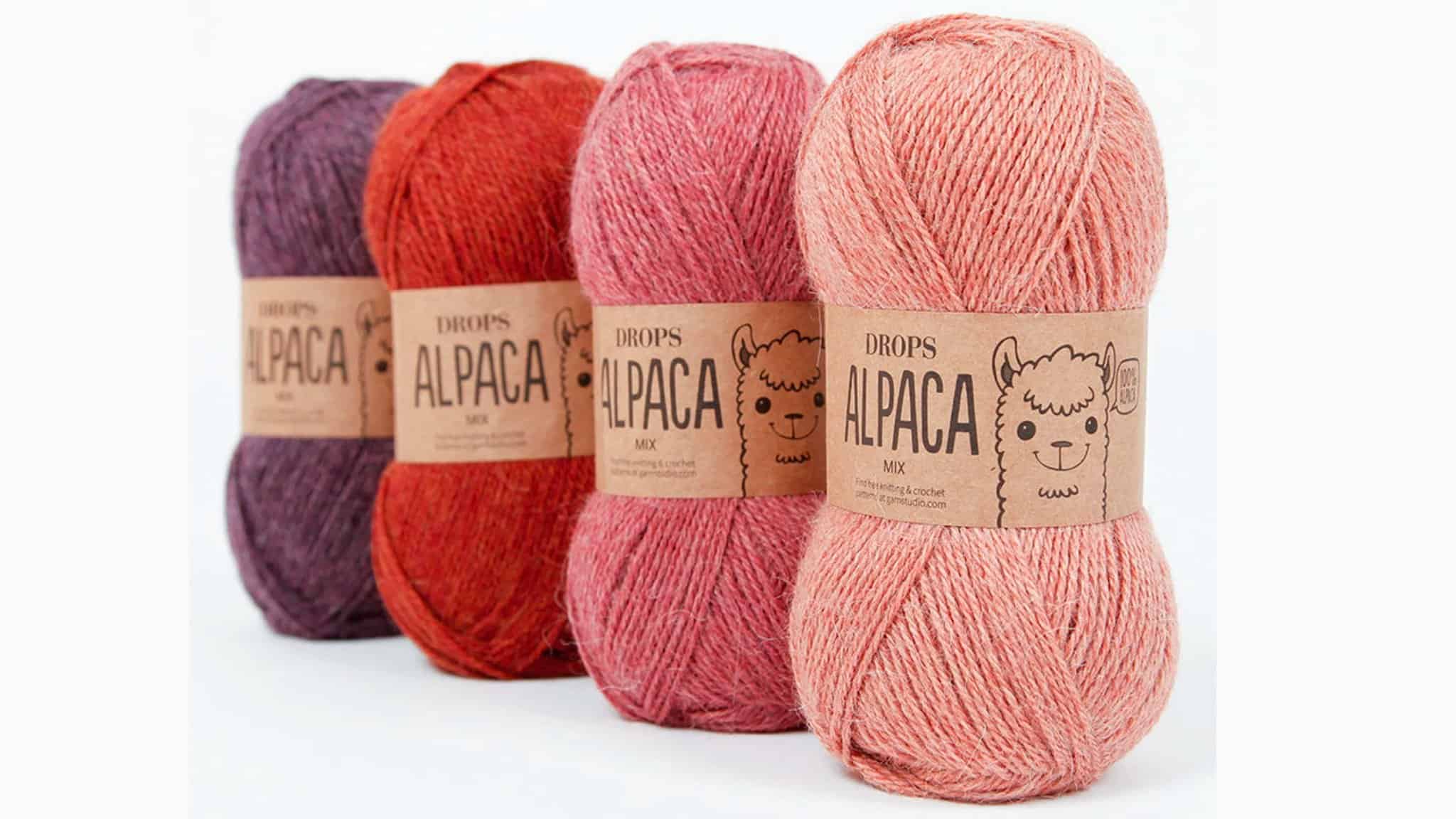
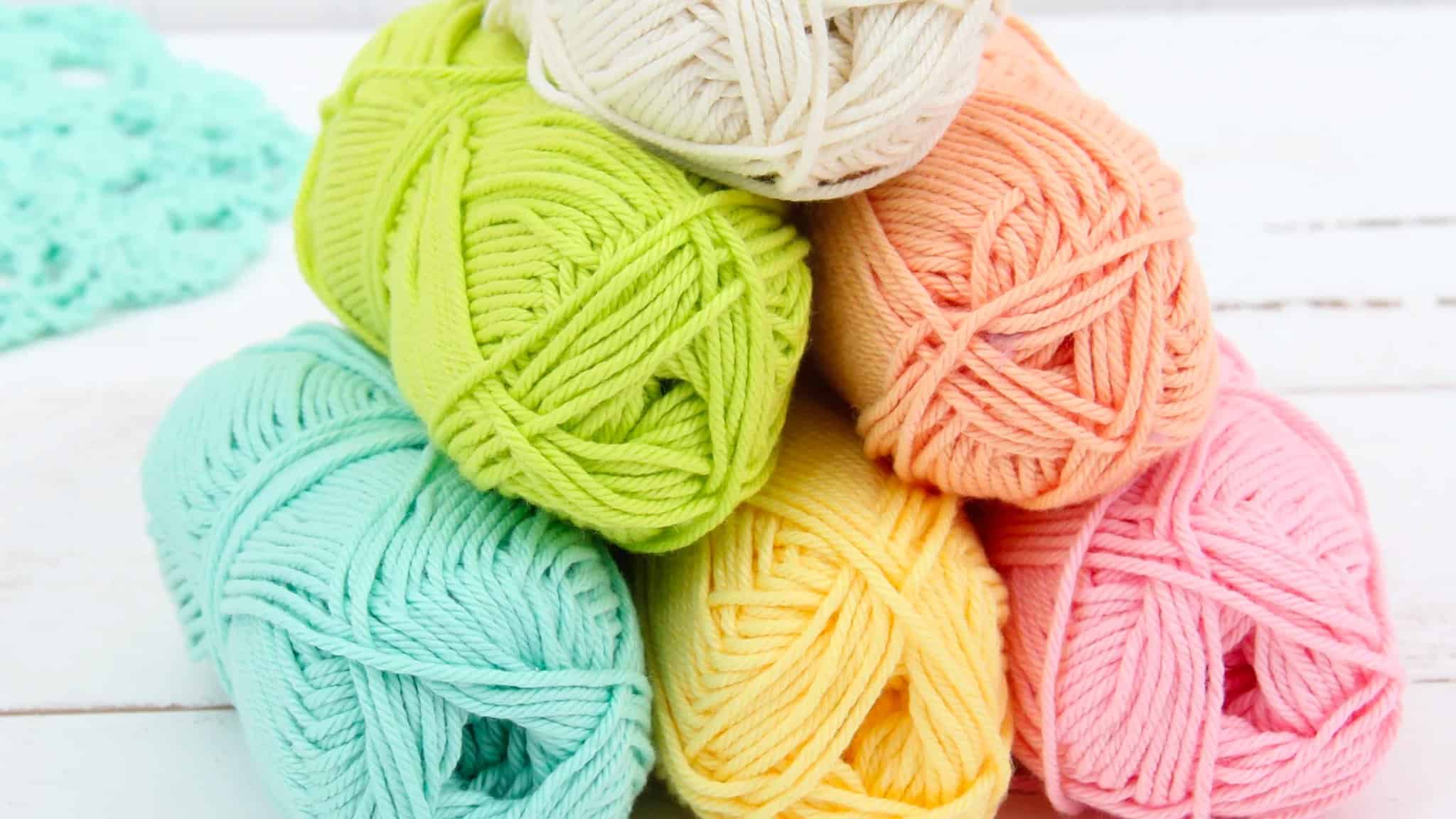
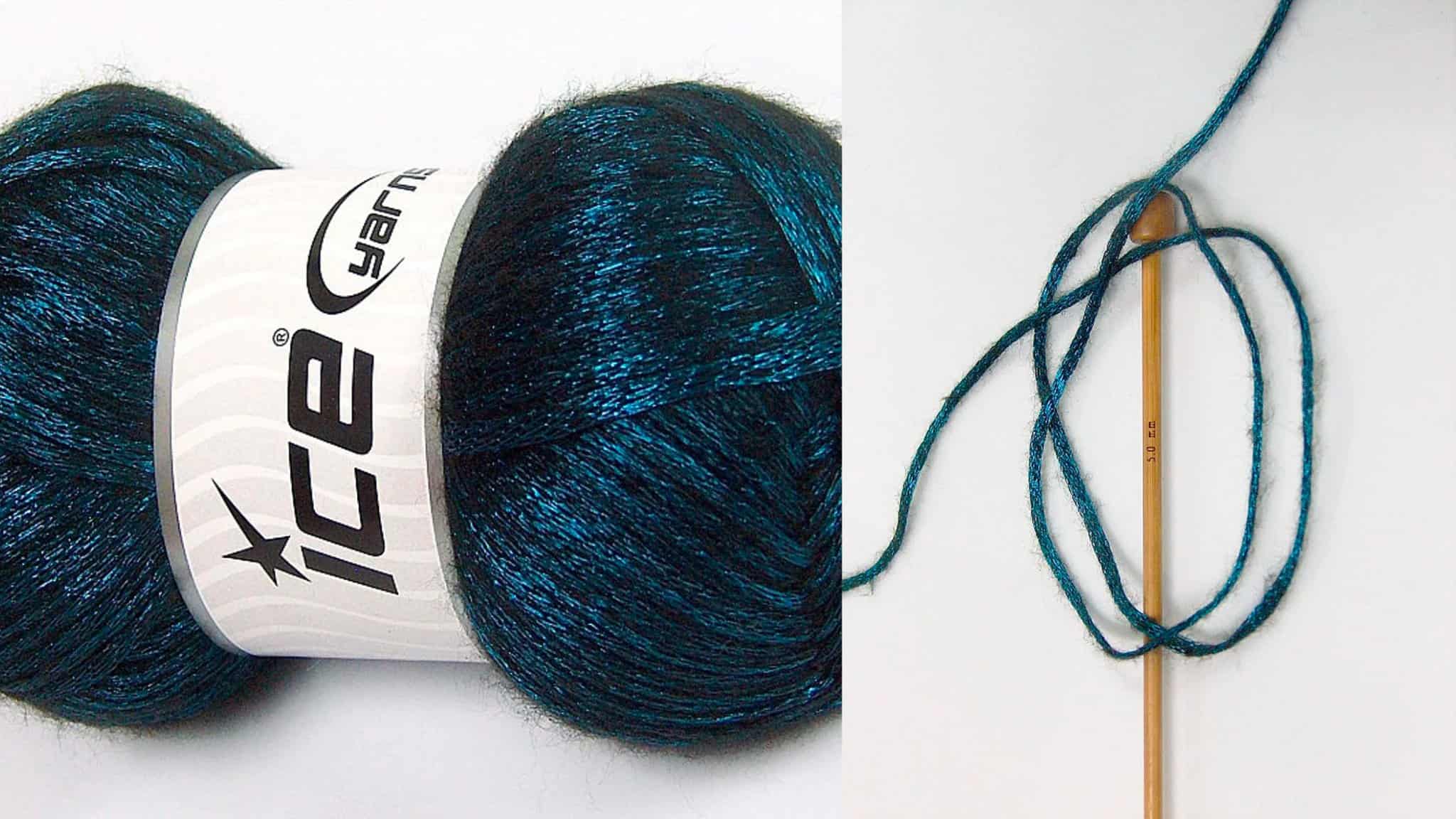
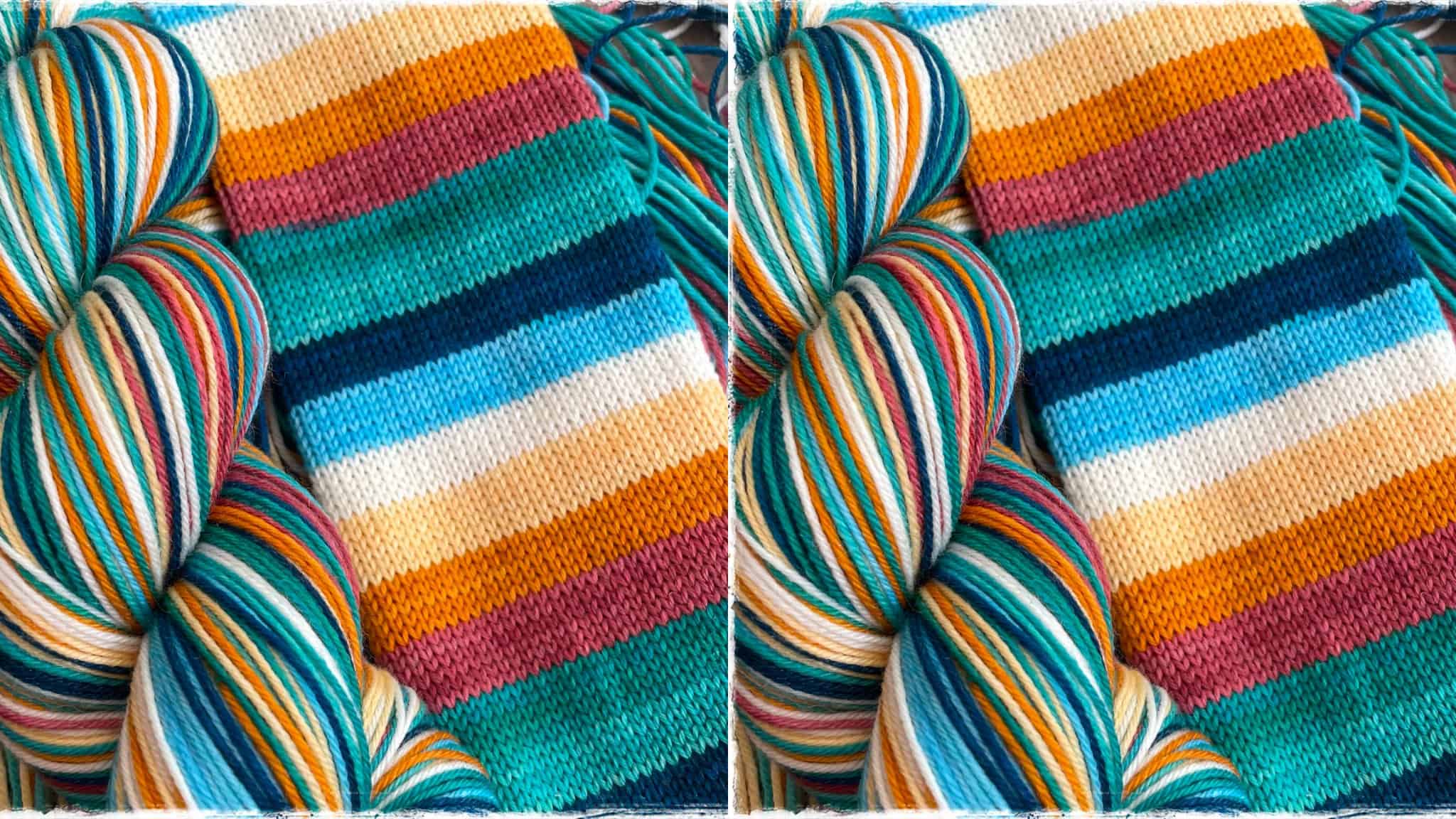
Thank you so much for this, whenever I go to yarn stores these days I am so amazed by all of the wonderful yarns out there. This give me a better understanding of what to get depending on the project. I think I had read somewhere that yarn spun with silver can be used for gloves that you can actually wear and use your cell phone touchscreen at the same time? Is that really true, wow! Thanks again ?
Yes, I think it requires a certain type of silver filament but I have seen this advertised as well!